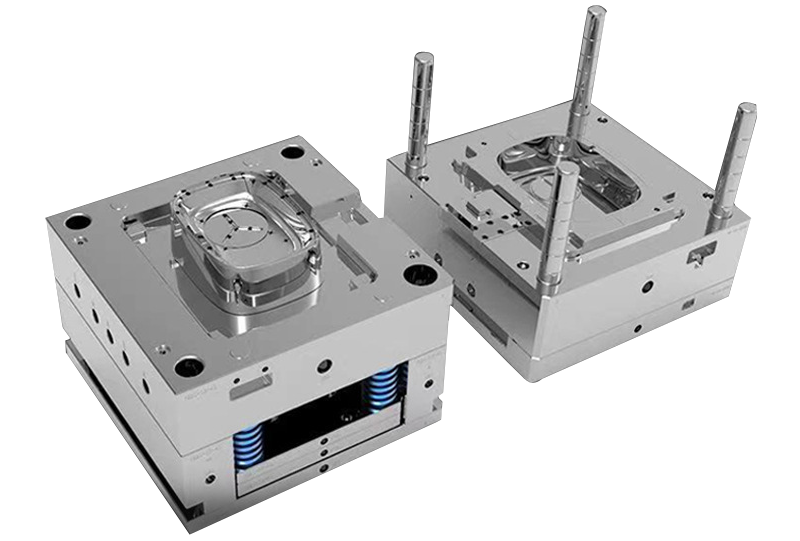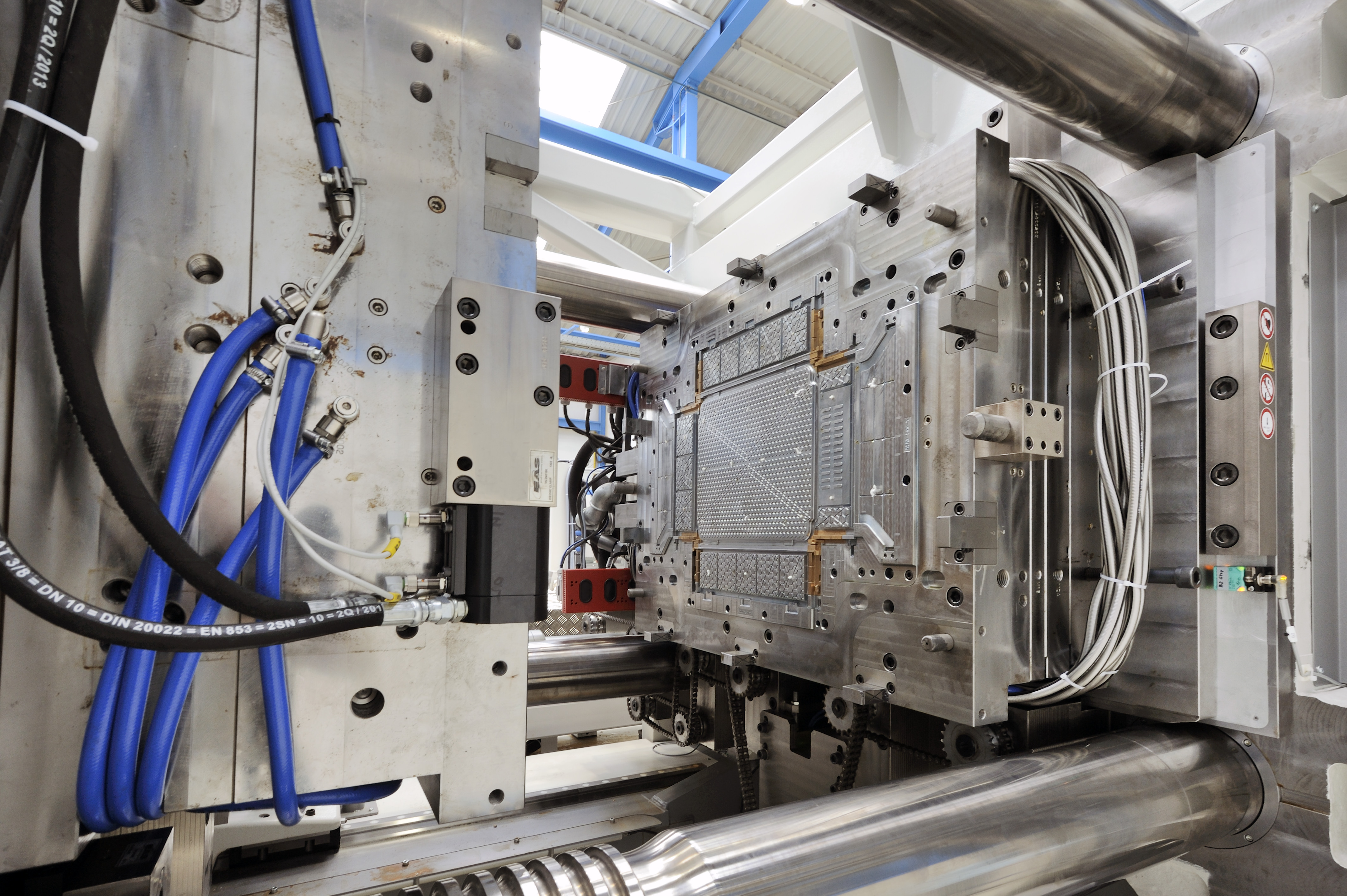The Function of Plastic Injection Molding in Creating Economical Industrial Components
The Function of Plastic Injection Molding in Creating Economical Industrial Components
Blog Article
Recognizing the Fundamentals of Plastic Shot Molding Procedures
Plastic shot molding functions as a foundation of modern-day production, providing a methodical strategy to producing intricate parts with precision. This procedure not only encompasses the fundamental actions of melting and injecting materials right into mold and mildews yet likewise involves a nuanced understanding of various influencing factors, such as temperature level and pressure. As sectors increasingly demand performance and top quality, the ins and outs of this methodology become extra vital. Checking out these important aspects might reveal how even small adjustments can cause considerable improvements in manufacturing results, questioning about the capacity for technology in this well established process.
What Is Plastic Shot Molding?
Plastic injection molding is an extensively utilized production process that changes polycarbonate and thermosetting materials into accurate and complicated forms. This strategy is favored for its capacity to generate high volumes of the same components with phenomenal accuracy, making it a crucial method in numerous markets, consisting of automobile, durable goods, and medical tools.
The procedure entails melting the chosen plastic material and injecting it into a mold under high stress. The mold, created to the specs of the preferred component, permits the molten plastic to materialize as it cools down and strengthens. As soon as the material has actually hardened, the mold and mildew is opened up, and the finished element is ejected.
Plastic injection molding supplies several benefits, consisting of minimized waste, uniformity in production, and the ability to include complex styles that might be challenging with various other making techniques. Furthermore, it sustains a broad series of materials, each supplying distinct residential or commercial properties that can be tailored for details applications. As sectors remain to introduce, plastic injection molding stays at the center, making it possible for the growth of sophisticated products that fulfill evolving customer demands.
The Shot Molding Refine
The shot molding process is an advanced method that includes numerous key phases to produce premium plastic elements. At first, plastic pellets are fed right into a heated barrel where they are melted into a thick fluid. This molten plastic is after that infused under high stress into a precision-engineered mold and mildew, which forms the material into the preferred form.
Once the mold and mildew is filled, the plastic is allowed to solidify and cool, taking the shape of the mold tooth cavity. Cooling time is critical, as it influences the cycle time and the final properties of the molded component. After adequate air conditioning, the mold and mildew opens, and the completed element is ejected utilizing ejector pins.

Products Utilized in Injection Molding
Different products can be made use of in the shot molding procedure, each offering unique homes that satisfy particular applications. The most typically made use of materials consist of thermoplastics, thermosetting plastics, and elastomers.

Thermosetting plastics, like discover this info here epoxy and phenolic materials, undertake a chemical modification throughout the curing process, causing a rigid, inflexible structure. These materials are excellent for applications requiring high warmth resistance and structural stability, commonly utilized in vehicle parts and electrical insulators.
Elastomers, including silicone and rubber-based products, give versatility and resilience. Their distinct residential or commercial properties make them appropriate for applications that require elasticity, such as gaskets and seals.
Additionally, specialty products like bio-based plastics and composites are obtaining traction for their environmental advantages and enhanced efficiency characteristics, expanding the range of injection molding applications in different markets. Comprehending the properties of these products is important for selecting the appropriate type for particular tasks.
Advantages of Injection Molding
Injection molding sticks out as a very effective manufacturing process that uses countless advantages for generating complicated get rid of accuracy. Among one of the most considerable advantages is the capability to develop complex designs that would be difficult or difficult to achieve with other techniques (Plastic Injection Molding). The procedure enables tight resistances and comprehensive attributes, guaranteeing premium components
Furthermore, injection molding is known for its quick manufacturing capabilities, making it a perfect option for high-volume production. Once the mold is developed, parts can be created promptly, decreasing preparations and boosting total efficiency. This efficiency not only decreases production expenses but likewise offers an one-upmanship on the market.
The convenience of products used in injection molding better boosts its allure. A large range of thermoplastics and thermosetting polymers can be employed, allowing makers to select materials that finest meet their details requirements, including heat, strength, and adaptability resistance.
Furthermore, the procedure minimizes waste, as excess material can frequently be reused and recycled. This sustainability facet adds to a reduced environmental effect, making injection molding an accountable production option. Generally, the advantages of injection molding make it a favored approach for many sectors.
Factors Affecting Item Quality
While many elements can influence item high quality in injection molding, understanding these aspects is critical for accomplishing optimal outcomes. Trick aspects include material choice, processing parameters, and mold layout.
Product choice plays an important function, as various polymers display distinct properties that visit our website affect flowability, strength, and thermal stability. Inadequate material option can lead to issues such as bending or insufficient dental filling.
Handling specifications, including temperature, cycle, and stress time, have to be diligently managed. Variants in these setups can lead to incongruities partially measurements and surface area finish. Excessively high temperature levels may create degradation of the polymer, while poor pressure can result in short shots.
Mold style is just as crucial, as it establishes the flow of the molten plastic and the cooling process. Badly made molds may cause unequal air conditioning rates, resulting in residual anxieties and dimensional errors.

Verdict
Finally, plastic shot molding works as a vital manufacturing procedure that allows the reliable manufacturing of site high-grade components. Proficiency of the injection molding procedure, including the understanding of products and the influence of various aspects on product quality, is essential for accomplishing optimum results. The advantages of this technique, such as cost-effectiveness and design adaptability, additional underscore its relevance across numerous sectors, solidifying its standing as a favored selection for high-volume manufacturing.
Plastic shot molding serves as a cornerstone of modern-day manufacturing, providing a methodical approach to producing intricate components with accuracy.Plastic shot molding supplies several benefits, consisting of minimized waste, consistency in manufacturing, and the ability to include intricate layouts that may be testing with various other making techniques (Plastic Injection Molding). As industries continue to innovate, plastic shot molding stays at the leading edge, making it possible for the development of advanced items that satisfy developing consumer needs
The injection molding process is an advanced technique that involves several vital stages to produce premium plastic components.In final thought, plastic injection molding serves as an important manufacturing procedure that allows the effective production of high-quality components.
Report this page